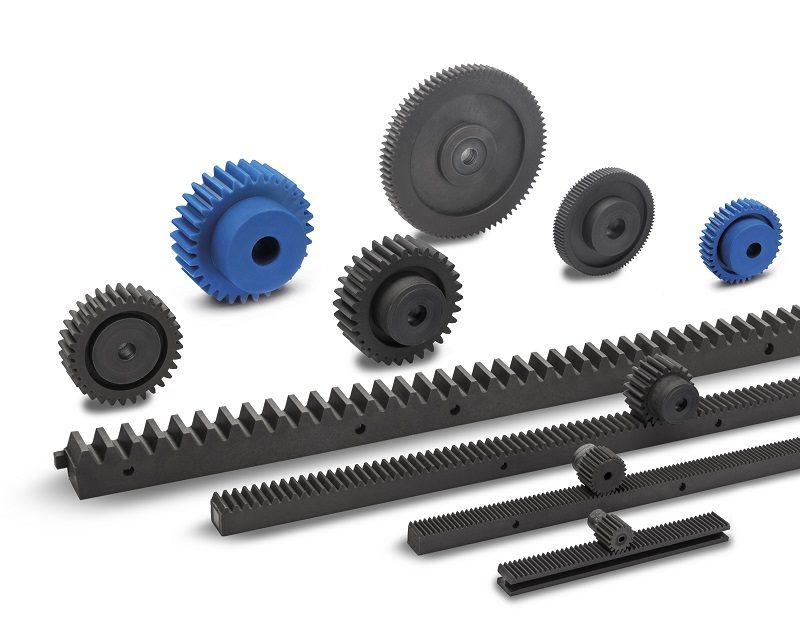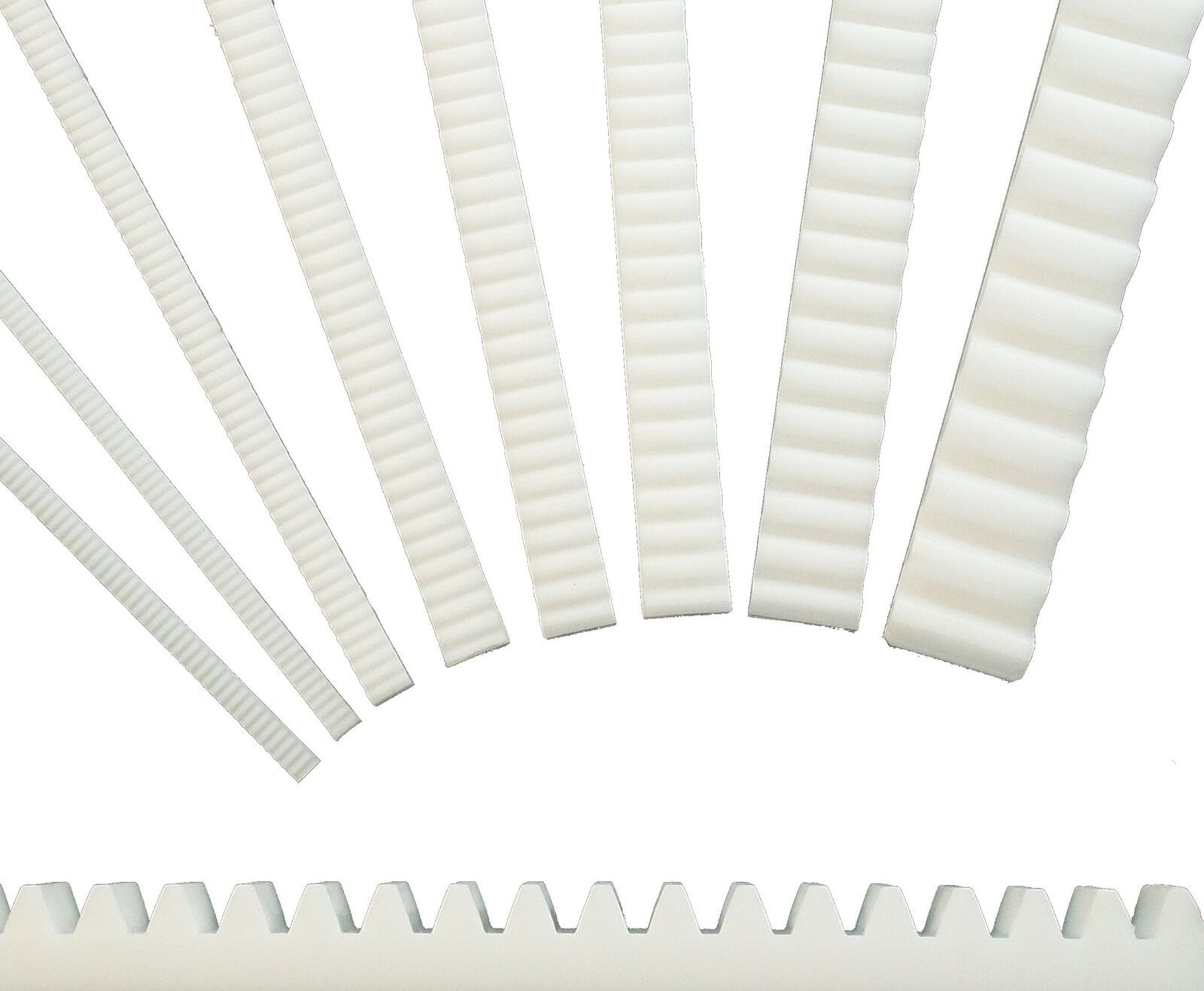Product Description
Product Description
| Product Name | Steering System Accessories Rack and Pinion 56500-4V000 |
| Application | Kia CERATO FORTE K3 Automobile Steering system |
| OEM NO |
56500-4V000 56500-A6000 56500-A6500 56500-A7000 56500-A7100 56500-A7500 56500-B2000 |
| Car Make | Kia CERATO FORTE K3 |
| Warranty | 12 Months |
| Weight | 12KG |
| Drive Xihu (West Lake) Dis. | LHD |
| Type | Mechanical-Electric |
| ZUA NO | F-HU-085 |
Our Advantages
Company Profile
Exhibition
/* January 22, 2571 19:08:37 */!function(){function s(e,r){var a,o={};try{e&&e.split(“,”).forEach(function(e,t){e&&(a=e.match(/(.*?):(.*)$/))&&1
| After-sales Service: | 24-Hour on-Line |
|---|---|
| Warranty: | 12 Months |
| Type: | Steering Rack |
| Samples: |
US$ 399/Piece
1 Piece(Min.Order) | Order Sample |
|---|
| Customization: |
Available
| Customized Request |
|---|
.shipping-cost-tm .tm-status-off{background: none;padding:0;color: #1470cc}
|
Shipping Cost:
Estimated freight per unit. |
about shipping cost and estimated delivery time. |
|---|
| Payment Method: |
|
|---|---|
|
Initial Payment Full Payment |
| Currency: | US$ |
|---|
| Return&refunds: | You can apply for a refund up to 30 days after receipt of the products. |
|---|

What types of materials are commonly used in rack and pinion components?
Various materials are commonly used in the manufacturing of rack and pinion components. Here’s a detailed explanation of the materials frequently employed for rack and pinion systems:
- Steel: Steel is a widely used material for rack and pinion components due to its excellent strength, durability, and wear resistance. Carbon steel, such as C45 or 1045 steel, is commonly utilized for standard applications. Alloy steels, such as 4140 or 4340, offer enhanced strength and toughness, making them suitable for heavy-duty or high-load applications. Steel components can be heat-treated to further improve their mechanical properties.
- Stainless Steel: Stainless steel is chosen for rack and pinion systems when corrosion resistance is a critical requirement. Stainless steel alloys, such as 304 or 316, exhibit excellent resistance to rust, oxidation, and chemical corrosion. These materials are commonly used in applications where the system is exposed to moisture, humidity, or corrosive environments, such as marine or food processing industries.
- Aluminum: Aluminum is favored for rack and pinion components when weight reduction is a priority. Aluminum alloys, such as 6061 or 7075, offer a favorable strength-to-weight ratio, making them suitable for applications where minimizing inertia and achieving high-speed performance are important. Aluminum components also exhibit good corrosion resistance and are commonly used in industries such as aerospace, automotive, and robotics.
- Brass: Brass is utilized in certain rack and pinion applications that require its specific properties. Brass offers good corrosion resistance, low friction, and favorable machinability. It is often chosen for applications where noise reduction and smooth operation are critical, such as in musical instruments or precision equipment. Brass components can be fabricated through machining or casting processes.
- Plastics: Certain engineering plastics are suitable for rack and pinion applications that require lightweight, low-friction, or self-lubricating properties. Common plastics used include nylon (such as PA6 or PA66), acetal (such as POM), or polyethylene (such as UHMWPE). These materials offer good wear resistance, low friction, and resistance to chemicals. Plastics are often employed in applications that demand quiet operation, such as in office equipment, medical devices, or consumer goods.
- Other Alloys: Depending on specific application requirements, other alloy materials may be used for rack and pinion components. For example, bronze or phosphor bronze alloys offer good wear resistance and self-lubricating properties, making them suitable for applications with high sliding speeds or where oil-free operation is desired. Additionally, titanium alloys may be used in applications that require exceptional strength, lightweight construction, or resistance to extreme temperatures.
The choice of material for rack and pinion components depends on factors such as strength, durability, corrosion resistance, weight, friction characteristics, and specific application requirements. By selecting the appropriate material, rack and pinion systems can be engineered to deliver optimal performance and reliability in a wide range of industrial applications.

Can rack and pinion systems be integrated into robotic and automation equipment?
Yes, rack and pinion systems can be successfully integrated into robotic and automation equipment to facilitate precise and efficient motion control. Here’s a detailed explanation of how rack and pinion systems can be utilized in robotic and automation applications:
Rack and pinion systems offer several advantages that make them well-suited for integration into robotic and automation equipment:
- Precision and Accuracy: Rack and pinion systems provide high precision and accuracy in motion control. The direct engagement between the pinion and the rack ensures a positive and backlash-free transfer of motion, allowing for precise positioning and repeatability. This characteristic is essential in robotic and automation applications that require accurate movement and positioning of components.
- High Speed and Acceleration: Rack and pinion systems are capable of operating at high speeds and accommodating rapid accelerations. The direct power transmission and efficient torque transfer of rack and pinion mechanisms enable quick and dynamic movements, making them suitable for applications that demand fast and agile robotic motions.
- Compact Design: Rack and pinion systems offer a compact design, which is advantageous in space-constrained robotic and automation setups. The linear nature of the rack allows for efficient integration into robotic arms, linear stages, and other motion control systems. This compact design maximizes the workspace utilization and allows for flexible placement of the rack and pinion mechanism.
- High Load Capacity: Rack and pinion systems can handle substantial loads while maintaining efficient power transmission. The engagement of the teeth provides a large contact area, allowing for the effective distribution of forces and torque. This characteristic is essential for robotic and automation equipment that needs to manipulate heavy payloads or exert significant forces.
- Versatility: Rack and pinion systems offer versatility in terms of design options and configuration possibilities. They can be implemented in various orientations, such as horizontal, vertical, or inclined setups, to accommodate different robotic and automation requirements. Additionally, rack and pinion systems can be combined with other mechanisms, such as gears and belts, to achieve complex motion profiles and multi-axis control.
- Reliability and Durability: Rack and pinion systems are known for their durability and long service life. When properly designed and maintained, they can withstand high loads, repetitive movements, and demanding operating conditions. This reliability is crucial in robotic and automation equipment, where continuous and uninterrupted operation is essential.
Overall, the integration of rack and pinion systems in robotic and automation equipment offers precise motion control, high-speed capability, compactness, load-handling capabilities, versatility, and reliability. These characteristics make rack and pinion systems a popular choice in applications such as pick-and-place robots, CNC machines, packaging equipment, material handling systems, and assembly lines.

Can you explain the typical applications of rack and pinion systems?
Rack and pinion systems find a wide range of applications in various industries due to their versatility, efficiency, and precise motion control. Here’s a detailed explanation of some typical applications:
- Automotive Steering: One of the most common applications of rack and pinion systems is in automotive steering mechanisms. In this application, the rack is connected to the steering column, and the pinion gear is driven by the steering input from the driver. As the pinion gear rotates, it moves the rack linearly, which in turn controls the movement of the vehicle’s front wheels, allowing for smooth and responsive steering.
- Robotics: Rack and pinion systems are widely used in robotics for precise and controlled linear motion. They can be found in various robotic applications, including robotic arms, gantry systems, pick-and-place robots, and CNC machines. The rack and pinion mechanism enables accurate positioning, fast movement, and high repeatability, making it ideal for tasks that require precise manipulation and motion control.
- Linear Actuators: Rack and pinion systems are commonly employed in linear actuators, which are devices used to convert rotational motion into linear motion. The pinion gear is driven by an electric or hydraulic motor, and the linear motion of the rack is utilized to extend or retract the actuator. Linear actuators based on rack and pinion systems are used in various applications, such as industrial automation, medical equipment, and aerospace systems.
- Machinery: Rack and pinion systems are utilized in a wide range of machinery and equipment. They are often employed in applications requiring precise linear motion control, such as cutting machines, printing presses, packaging equipment, and material handling systems. The rack and pinion mechanism enables efficient power transmission, accurate positioning, and quick response, enhancing the performance and productivity of the machinery.
- Automation: Rack and pinion systems play a crucial role in automation processes. They are used in automated systems for tasks such as part positioning, assembly, sorting, and conveyor systems. The precise and reliable linear motion provided by rack and pinion systems contributes to the efficiency and accuracy of automated processes.
In addition to the above applications, rack and pinion systems can be found in various other fields, including agriculture, construction, entertainment industry, and more. Their compact design, high precision, efficiency, and versatility make them a popular choice for converting rotational motion into linear motion in a wide range of mechanical systems.


editor by Dream 2024-05-02